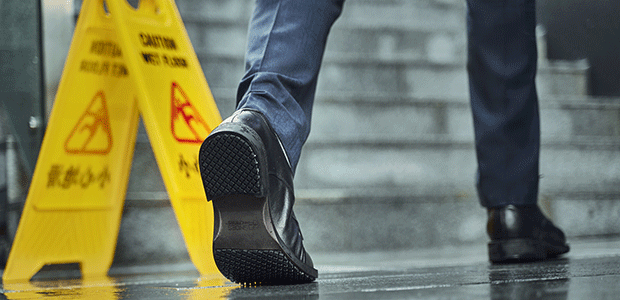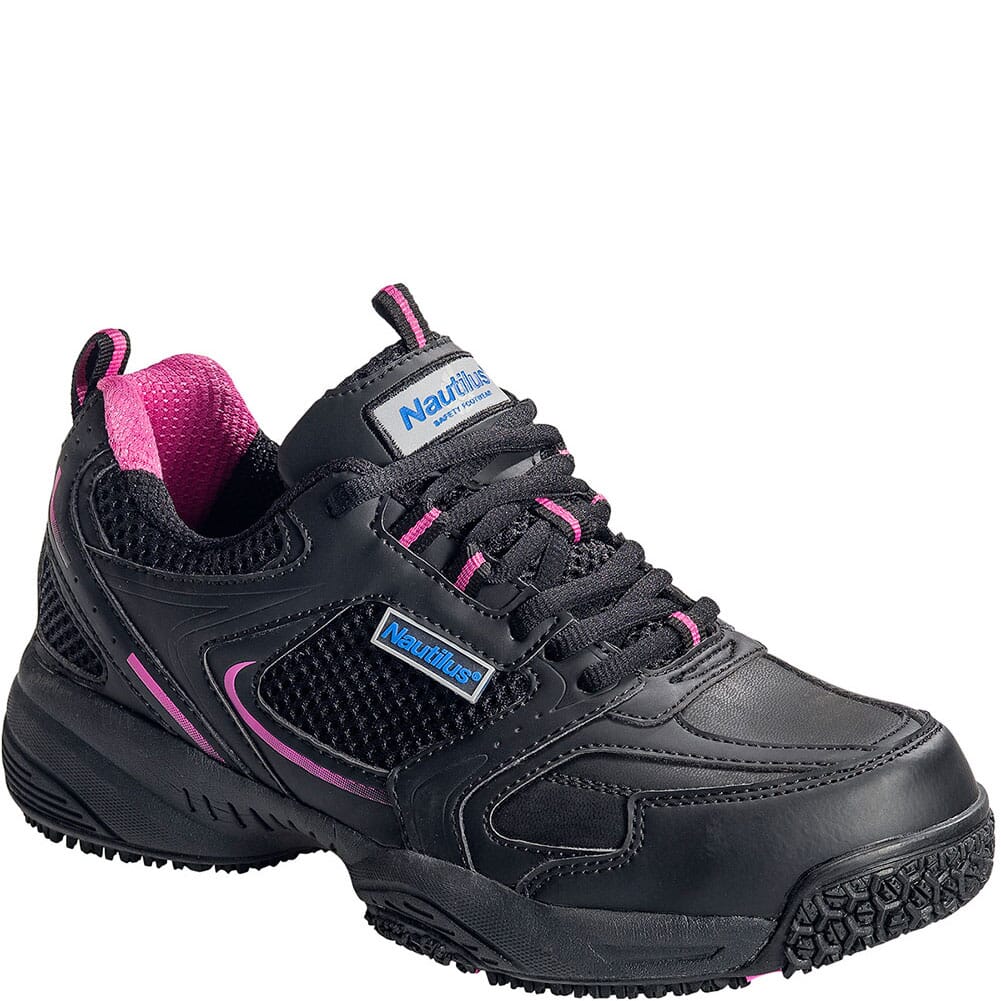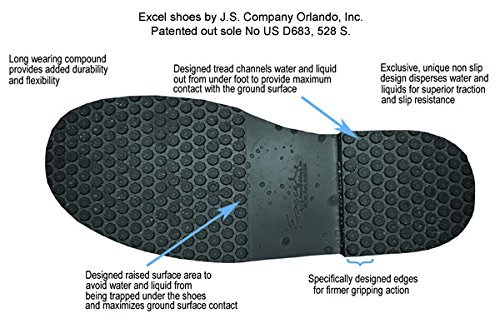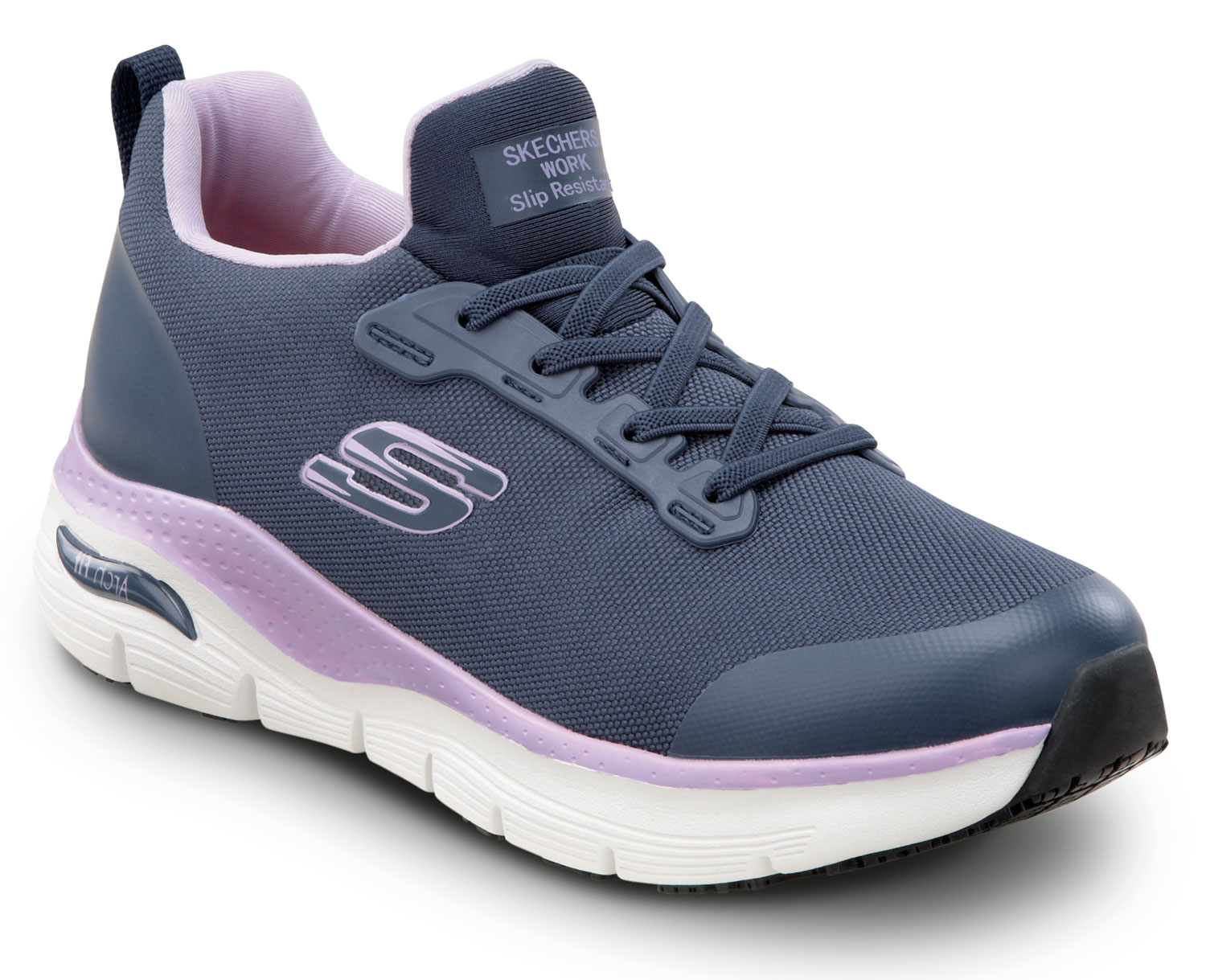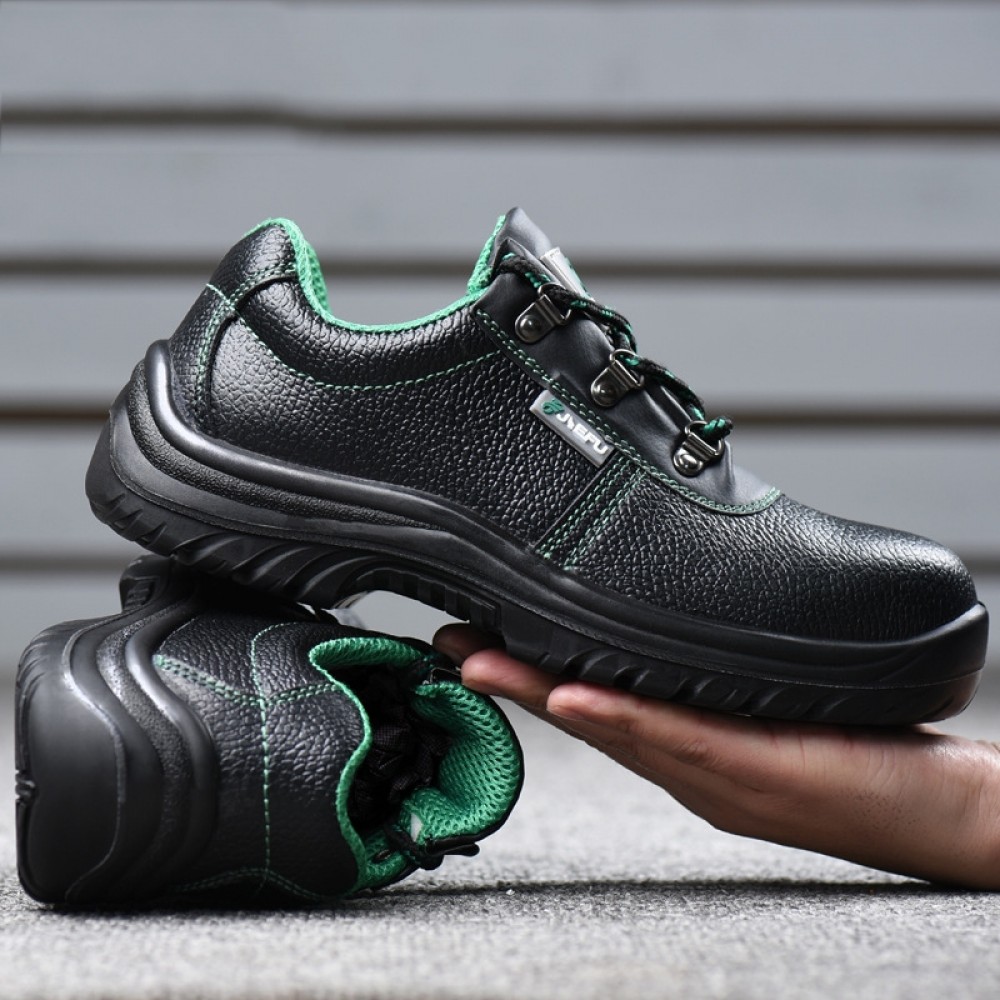Slippery Situations: The Dangers of Wet and Slippery Surfaces
Slipping and falling on wet and slippery surfaces can have devastating consequences, from minor injuries to life-altering accidents. In the United States alone, the Centers for Disease Control and Prevention (CDC) report that over 800,000 patients are hospitalized each year due to fall-related injuries. The risks are particularly high in environments with high foot traffic, such as workplaces, kitchens, and bathrooms, where water and slippery substances can create hazardous conditions. Wearing water and slip resistant shoes can significantly reduce the risk of accidents, providing a crucial layer of protection for individuals in these high-risk environments. By understanding the dangers of wet and slippery surfaces, individuals can take proactive steps to mitigate these risks and create a safer, more secure environment.
How to Choose the Best Water and Slip Resistant Shoes for Your Needs
Selecting the right water and slip resistant shoes can be a daunting task, especially with the numerous options available in the market. However, by considering a few key factors, individuals can make an informed decision that meets their specific needs. Occupation is a crucial factor to consider, as different jobs require varying levels of slip resistance. For instance, workers in the food service industry may require shoes with a higher level of slip resistance than those in an office setting. Activity level is another important consideration, as individuals who engage in high-impact activities may require shoes with additional support and cushioning. Personal preferences, such as style and comfort, should also be taken into account. Popular brands like Dr. Martens and New Balance offer a range of water and slip resistant shoes that cater to different occupations, activity levels, and personal preferences. By understanding these factors, individuals can choose the best water and slip resistant shoes for their needs, ensuring a safer and more confident stride.
The Science Behind Slip Resistance: Understanding the Technology
Water and slip resistant shoes owe their effectiveness to advanced technology and innovative materials. The secret to their traction lies in the unique properties of the outsole, midsole, and upper materials. The outsole, typically made from rubber or synthetic compounds, features specialized tread patterns and lug designs that grip wet and slippery surfaces. The midsole, often constructed from EVA or PU, provides cushioning and support, while the upper material, such as leather or mesh, ensures breathability and comfort. To ensure the quality and performance of water and slip resistant shoes, manufacturers adhere to rigorous testing standards, such as those set by ASTM (American Society for Testing and Materials) and EN (European Norm). These certifications guarantee that the shoes meet specific requirements for slip resistance, durability, and comfort. By understanding the science behind slip resistance, individuals can make informed decisions when selecting water and slip resistant shoes, ultimately reducing the risk of accidents and injuries.
Top Picks for Water and Slip Resistant Shoes in Different Categories
With numerous options available, selecting the right water and slip resistant shoes can be overwhelming. To simplify the process, we’ve compiled a list of top-rated water and slip resistant shoes in various categories. For workers who require rugged protection, the Merrell Moab 2 Mid Waterproof Work Boot is an excellent choice, offering superior slip resistance and durability. In the sneaker category, the Skechers Work: Flex Advantage SR is a popular option, providing comfort and traction on wet surfaces. For those who prefer sandals, the Teva Terra-Float Sandal is a great option, featuring a grippy outsole and breathable upper. In the athletic category, the New Balance 626v2 Slip Resistant Shoe is a top pick, offering superior support and traction for athletes. These water and slip resistant shoes have been tested and proven to provide exceptional performance and safety in various environments. By considering these top picks, individuals can make an informed decision when selecting water and slip resistant shoes that meet their specific needs.
The Importance of Proper Fit and Maintenance for Slip Resistant Shoes
While water and slip resistant shoes are designed to provide superior traction and protection, their effectiveness can be compromised if they don’t fit properly or are not maintained regularly. A proper fit is essential to ensure that the shoes provide the necessary support and stability, especially on wet and slippery surfaces. To achieve a proper fit, individuals should try on water and slip resistant shoes with the same type of socks they plan to wear, and walk around to ensure a comfortable and secure fit. Regular maintenance is also crucial to extend the lifespan of water and slip resistant shoes. This includes cleaning the shoes regularly with mild soap and water, allowing them to air dry, and storing them in a cool, dry place. Additionally, individuals should inspect their shoes regularly for signs of wear and tear, and replace them when necessary. By prioritizing proper fit and maintenance, individuals can ensure that their water and slip resistant shoes continue to provide optimal protection and performance.
Real-Life Scenarios: When Water and Slip Resistant Shoes Make All the Difference
In numerous real-life scenarios, water and slip resistant shoes have proven to be a game-changer in preventing slips, trips, and falls. For instance, a nurse working in a busy hospital was able to avoid a potentially devastating fall on a wet floor thanks to her water and slip resistant shoes. Similarly, a chef in a fast-paced kitchen was able to maintain his footing on a greasy floor, preventing a serious accident. In another example, a factory worker was able to navigate a slippery warehouse floor with confidence, thanks to his water and slip resistant shoes. These real-life scenarios demonstrate the critical role that water and slip resistant shoes play in ensuring safety and preventing injuries in various environments. By investing in water and slip resistant shoes, individuals can significantly reduce their risk of slipping and falling, and enjoy improved overall well-being.
Busting Myths: Separating Fact from Fiction About Slip Resistant Shoes
Despite their importance, water and slip resistant shoes are often misunderstood. One common myth is that they are only necessary for certain occupations, such as construction or healthcare workers. However, the reality is that anyone can benefit from wearing water and slip resistant shoes, regardless of their profession. Another myth is that water and slip resistant shoes are bulky and uncomfortable, which is not necessarily true. Many modern water and slip resistant shoes are designed to be stylish, comfortable, and functional. Additionally, some people believe that water and slip resistant shoes are only needed in extreme weather conditions, such as snow or ice. However, the truth is that water and slip resistant shoes can provide traction and protection on a wide range of surfaces, from wet floors to oily driveways. By separating fact from fiction, individuals can make informed decisions about investing in water and slip resistant shoes, and reap the benefits of improved safety and well-being.
Investing in Your Safety: The Long-Term Benefits of Water and Slip Resistant Shoes
By investing in water and slip resistant shoes, individuals can reap a multitude of long-term benefits that extend far beyond the initial purchase. One of the most significant advantages is the reduced risk of injury. Water and slip resistant shoes can help prevent slips, trips, and falls, which are a leading cause of workplace accidents and household injuries. Additionally, wearing water and slip resistant shoes can increase confidence and peace of mind, allowing individuals to move freely and focus on their daily tasks without worrying about their safety. Furthermore, water and slip resistant shoes can improve overall well-being by reducing the risk of chronic pain and discomfort associated with injuries. By making a simple investment in water and slip resistant shoes, individuals can enjoy a safer, healthier, and more confident lifestyle. With the right footwear, anyone can step up their safety game and take control of their well-being.


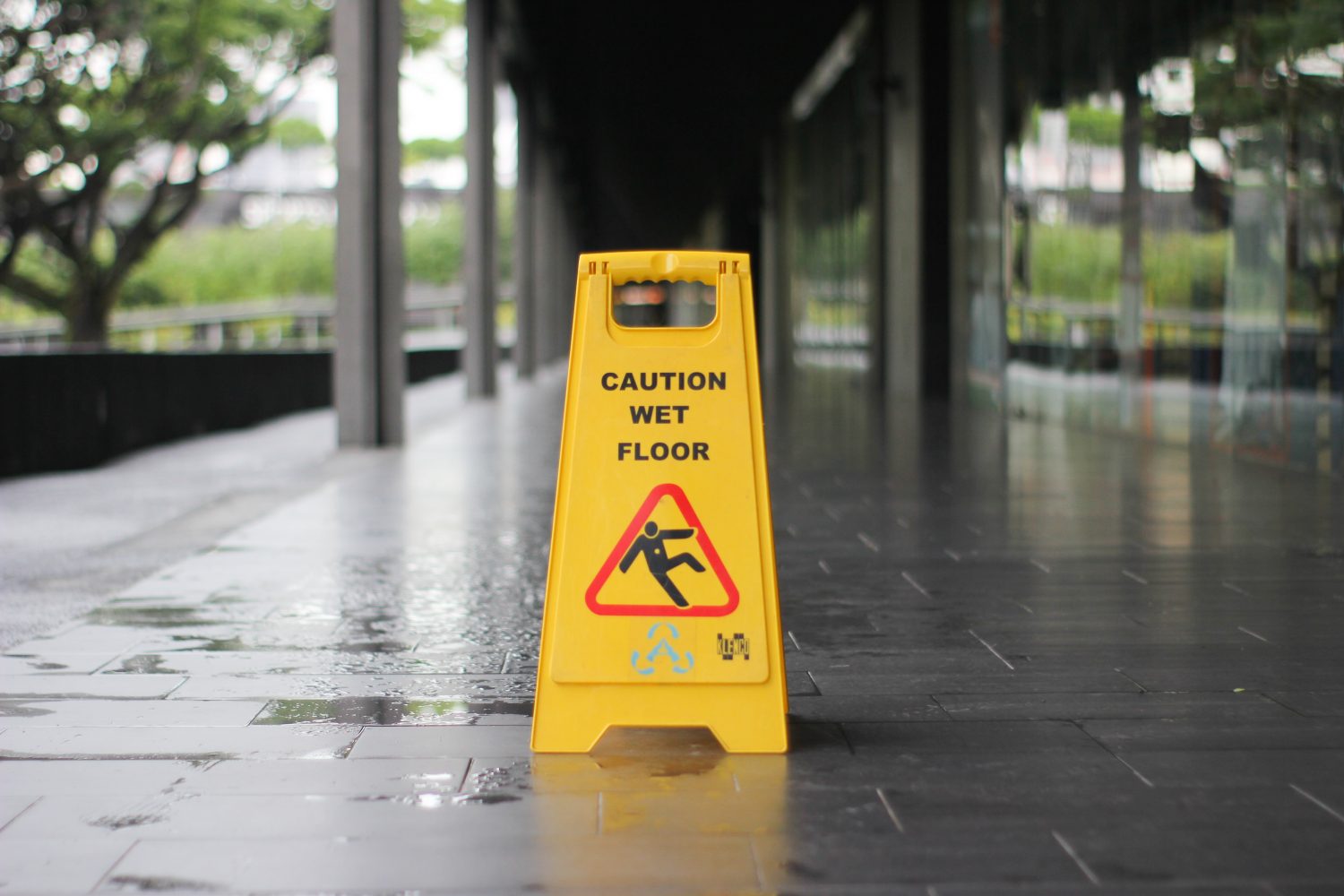
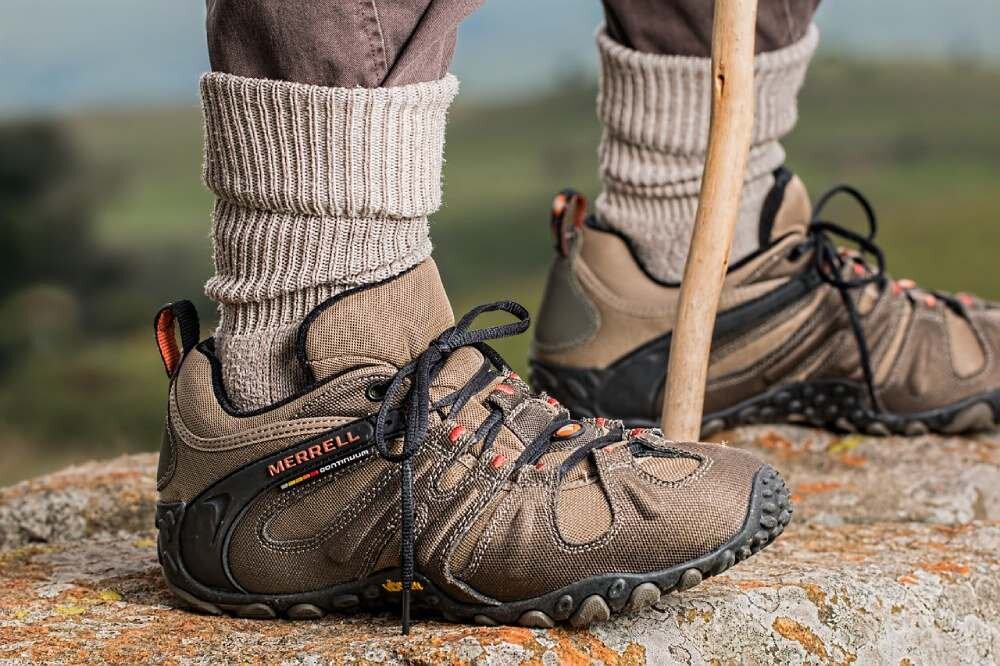+(1).jpg)
